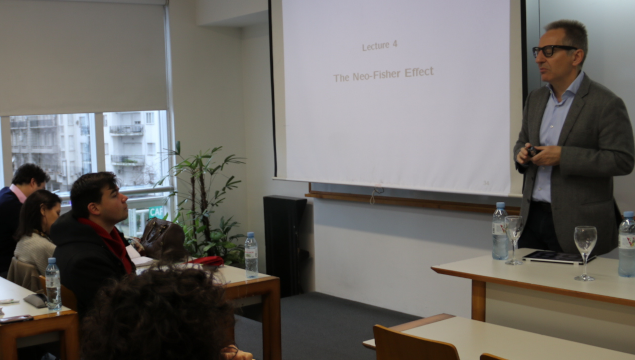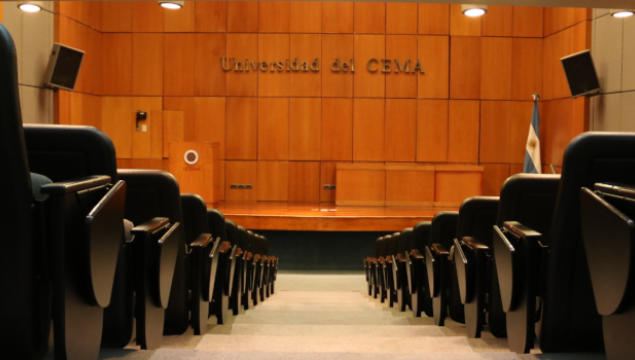
Institucional
Consejo Superior
Nuestro Staff
Desarrollo Institucional
El Departamento de Desarrollo se propone impulsar el crecimiento y asegurar la sustentabilidad del proyecto educativo de la Universidad, a partir de la construcción de redes de amigos y contribuyentes que elijan UCEMA para comprometerse con la educación superior en la Argentina.
Tu donación transforma toda nuestra comunidad
Conocé como donar
Tu donación transforma toda nuestra comunidad
Registro académico y calidad educativa
Objetivos del departamento
Realizar el control y registro académico, como así también la custodia de la historia académica de estudiantes, egresados y docentes.
Supervisar los procesos de admisión y graduación de la Universidad.
Asesorar en materia de diseño y modificación de planes de estudios y creación de carreras.
Coordinar los procesos de evaluación institucional y acreditación de carreras de grado y posgrado.
Tramitar la obtención del reconocimiento oficial de títulos y la legalización de diplomas y analíticos.
Participar de la revisión y confección de la normativa de la Institución.
Producir información estadística para la planificación y la gestión educativa.
Diseñar e implementar estrategias institucionales de formación docente.
Novedades








